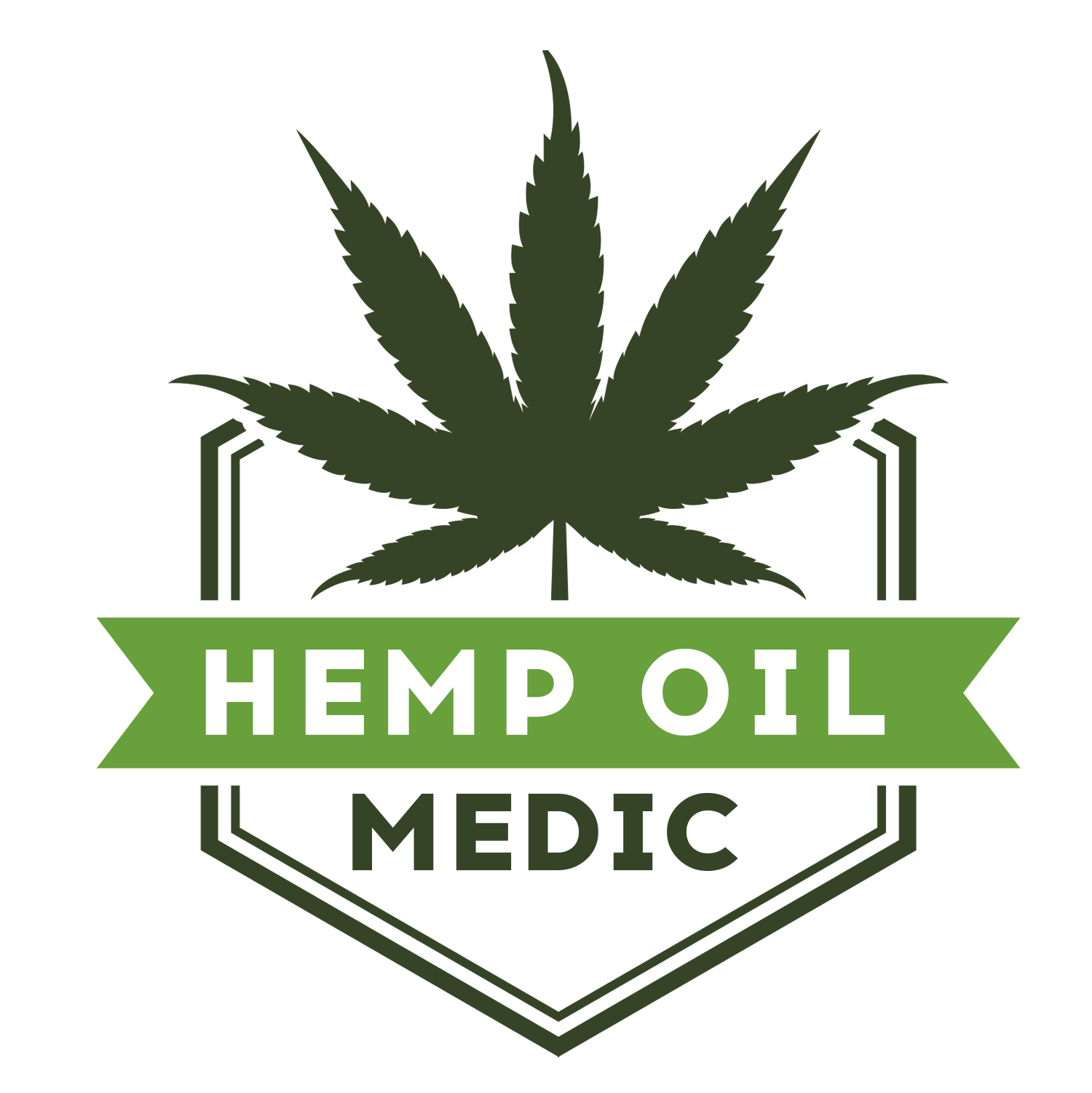CBD stands for Cannabidiol.
Cannabidiol is the second most prevalent of the active ingredients of Cannabis (marijuana). While CBD is an essential component of medical marijuana, it is derived directly from the hemp plant, which is a cousin of the marijuana plant. While CBD is a component of marijuana (one of the hundreds), by itself, it does not cause a “high.” According to a report from the World Health Organization, “In humans, CBD exhibits no effects indicative of any abuse or dependence potential….
To date, there is no evidence of public health-related problems associated with the use of pure CBD.”
Is cannabidiol legal?
CBD is readily obtainable in most parts of the United States, though its exact legal status is in flux. All 50 states have laws legalizing CBD with varying degrees of restriction. While the federal government still considers CBD in the same class as marijuana, it doesn’t habitually enforce against it. In December 2015, the FDA eased the regulatory requirements to allow researchers to conduct CBD trials.
Currently, many people obtain CBD online without a medical cannabis license. The government’s position on CBD is confusing and depends in part on whether the CBD comes from hemp or marijuana. The legality of CBD is expected to change, as there is currently bipartisan consensus in Congress to make the hemp crop legal, which would make CBD challenging to prohibit.
Cannabis is a genus of flowering plants in the Cannabaceae family, which consists of three primary species: Cannabis sativa, Cannabis indica, and Cannabis ruderalis. While hemp and marijuana are regularly referred to as “species” or “strains” of Cannabis, they do not qualify as either one. They couldn’t technically be considered as plants at all.
Hemp and marijuana are broad classifications of Cannabis that were adopted into our culture; however, they are not legitimate nomenclature for the Cannabis plant.
To clarify the difference between Hemp and Marijuana and clear the smoke on this frequently misinformed subject, let’s explore what each of these terms means and how they relate to Cannabis.

What is Hemp?
“Hemp” is a term used to classify varieties of Cannabis that contain 0.3% or less THC content (by dry weight).
While the legal definition described above had not been legitimized until the Agricultural Act of 2018 had passed, “hemp” has generally been used to describe non-intoxicating Cannabis that is harvested for the industrial use of its derived products.
The evidence for cannabidiol health benefits
CBD has been touted for a wide variety of health issues. Still, the most substantial scientific evidence is for its effectiveness in treating some of the cruelest childhood epilepsy syndromes, such as Dravet syndrome and Lennox-Gastaut syndrome (LGS), which typically don’t respond to antiseizure medications. In numerous studies, CBD was able to reduce the number of seizures, and in some cases, it was able to stop them altogether.
Videos of the effects of CBD on these children and their seizures are readily available on the Internet for viewing, and they are quite striking. Recently the FDA approved the first-ever cannabis-derived medicine for these conditions, Epidiolex, which contains CBD.
CBD is commonly used to address anxiety, and for patients who suffer through the misery of insomnia, studies suggest that CBD may help with both falling asleep and staying asleep.
CBD may offer an option for treating different types of chronic pain. A study from the European Journal of Pain showed, using an animal model, CBD applied on the skin could help lower pain and inflammation due to arthritis. Another study demonstrated the mechanism by which CBD inhibits inflammatory and neuropathic pain, two of the most challenging types of chronic pain to treat. More research in humans is needed in this area to substantiate the claims of CBD proponents about pain control.
Is cannabidiol safe?
Side effects of CBD include nausea, fatigue, and irritability. CBD can increase the level in your blood of the blood thinner coumadin, and it can raise levels of certain other medications in your blood by the same mechanism that grapefruit juice does. A significant safety concern with CBD is that it is primarily marketed and sold as a supplement, not a medication.
Currently, the FDA does not regulate the safety and purity of dietary supplements. So you cannot know for sure that the product you buy has active ingredients at the dose listed on the label. Besides, the product may contain other (unknown) elements. We also don’t know the most effective therapeutic dose of CBD for any particular medical condition.
The bottom line on cannabidiol
Some CBD manufacturers have come under government scrutiny for wild, indefensible claims, such that CBD is a cure-all for cancer, which it is not. We need more research, but CBD may prove to be an option for managing anxiety, insomnia, and chronic pain. Without sufficient high-quality evidence in human studies, we can’t pinpoint effective doses. Because CBD is currently is mostly available as an unregulated supplement, it’s challenging to know what you are getting. If you decide to try CBD, talk with your doctor — if for no other reason than to make sure it won’t affect other medications you are taking.
References
https://medium.com/cbd-origin/hemp-vs-marijuana-the-difference-explained-a837c51aa8f7
https://www.health.harvard.edu/blog/cannabidiol-cbd-what-we-know-and-what-we-dont-2018082414476



